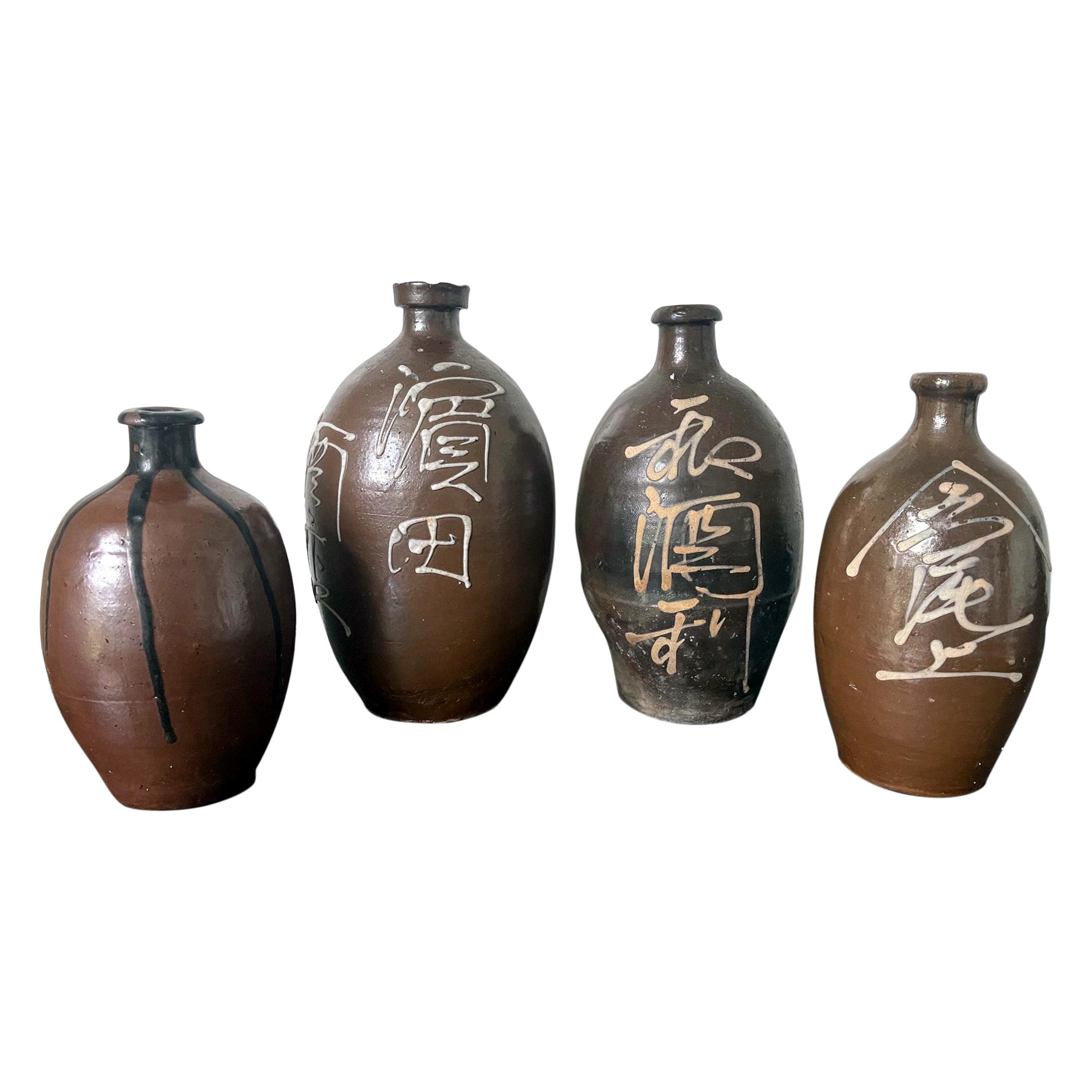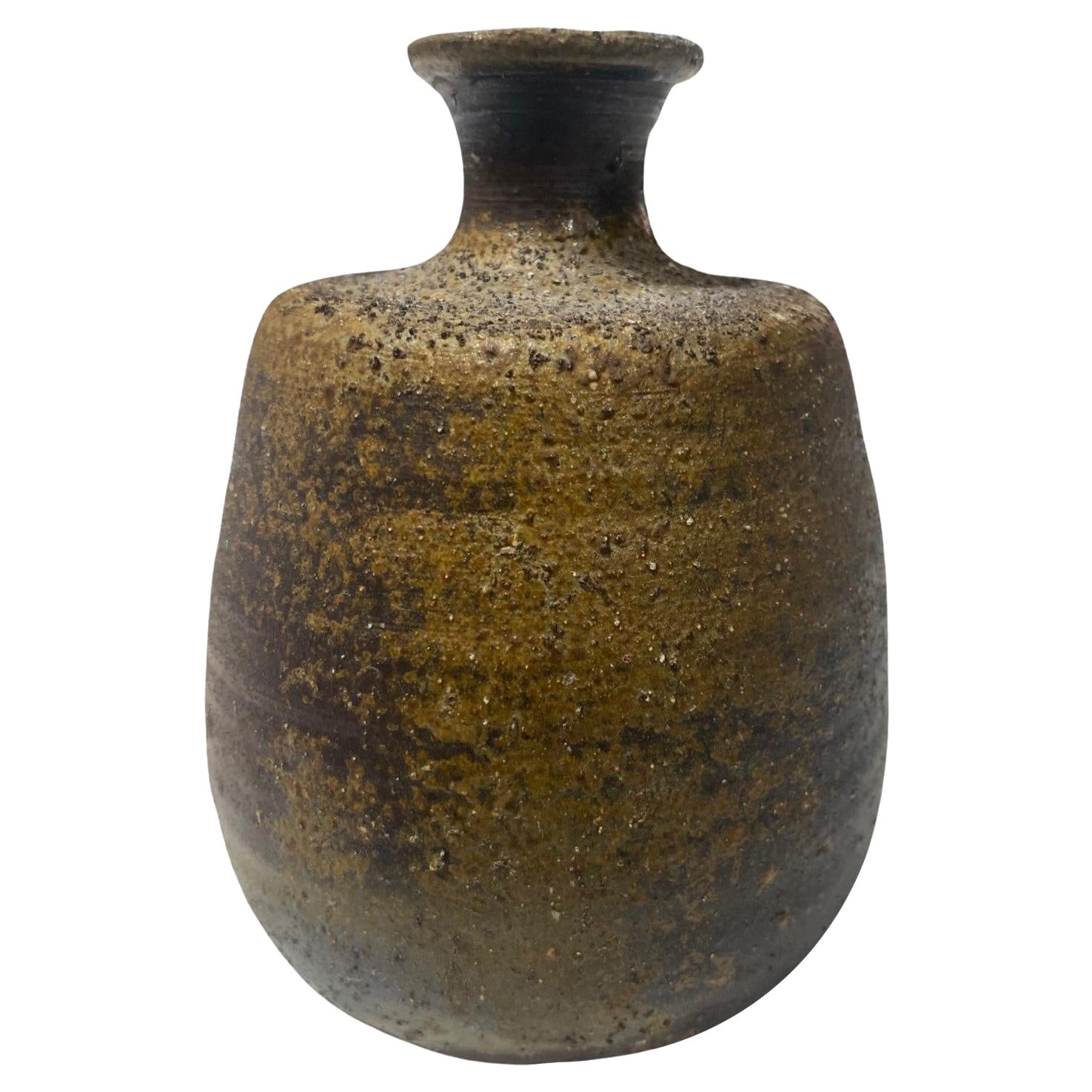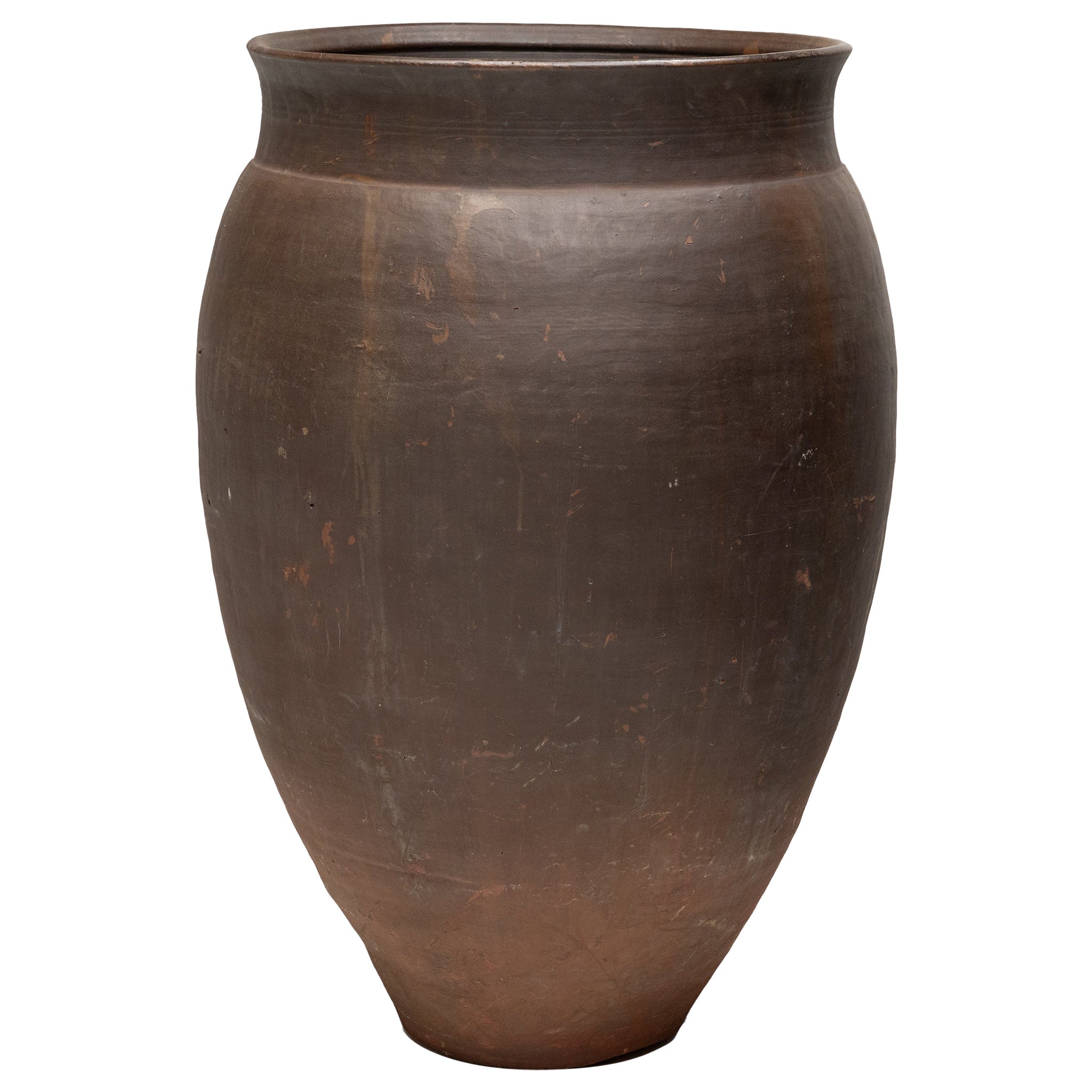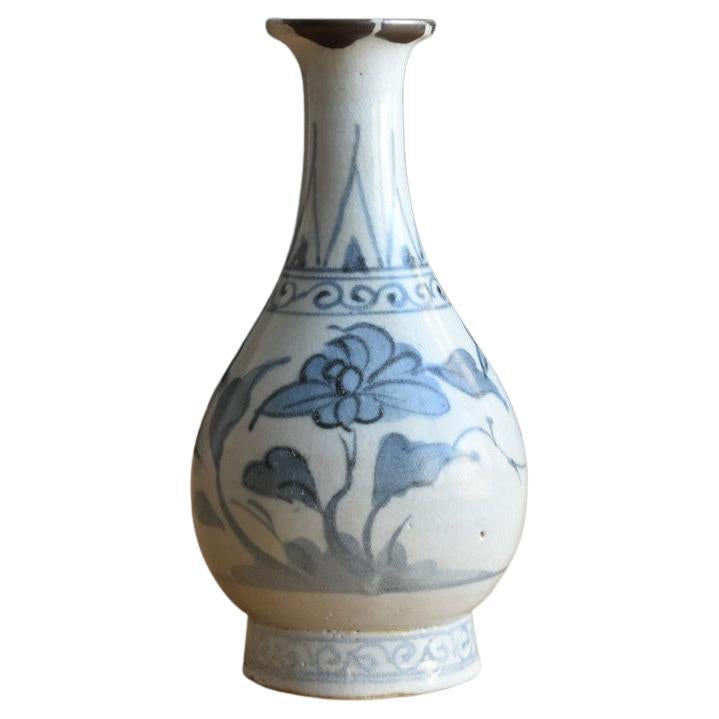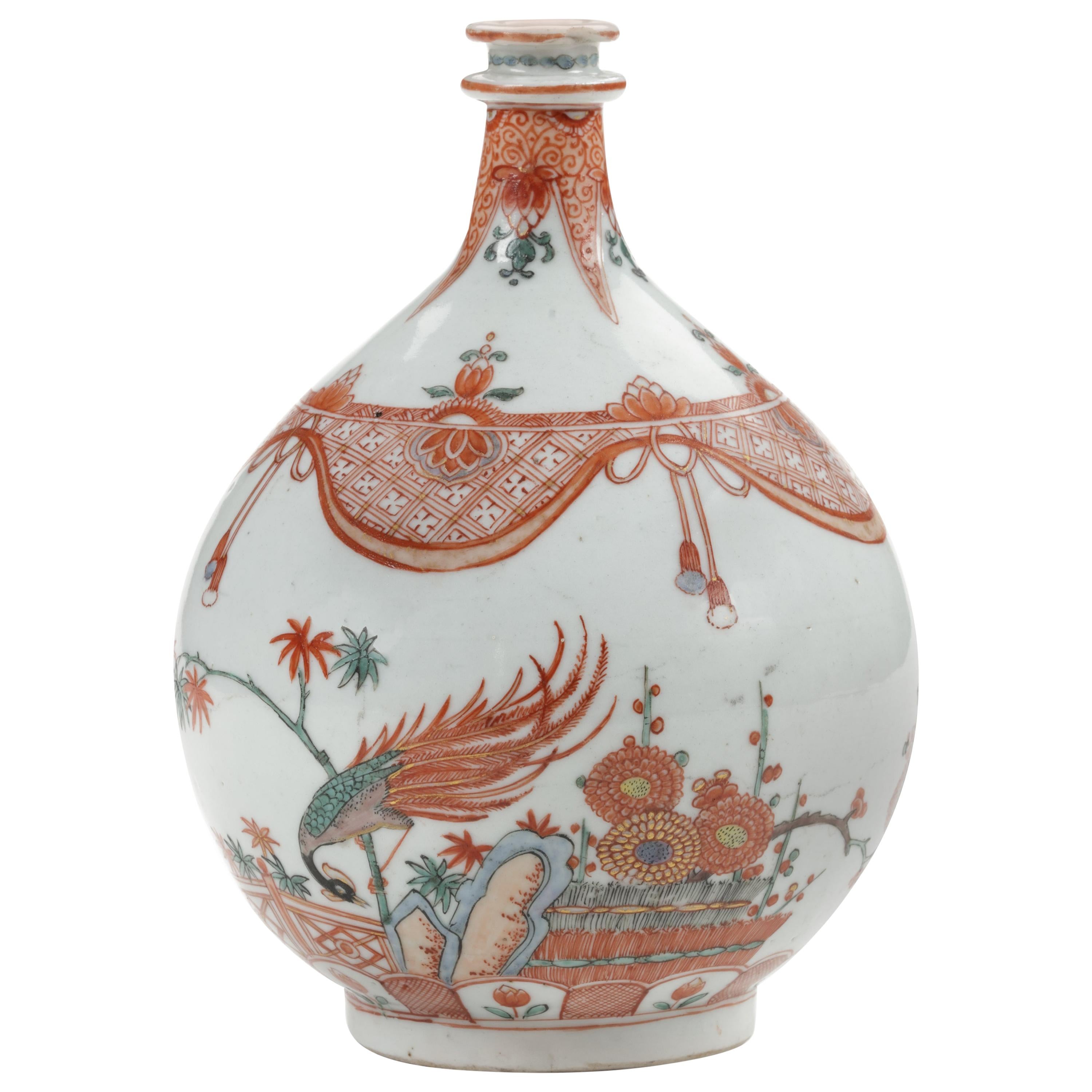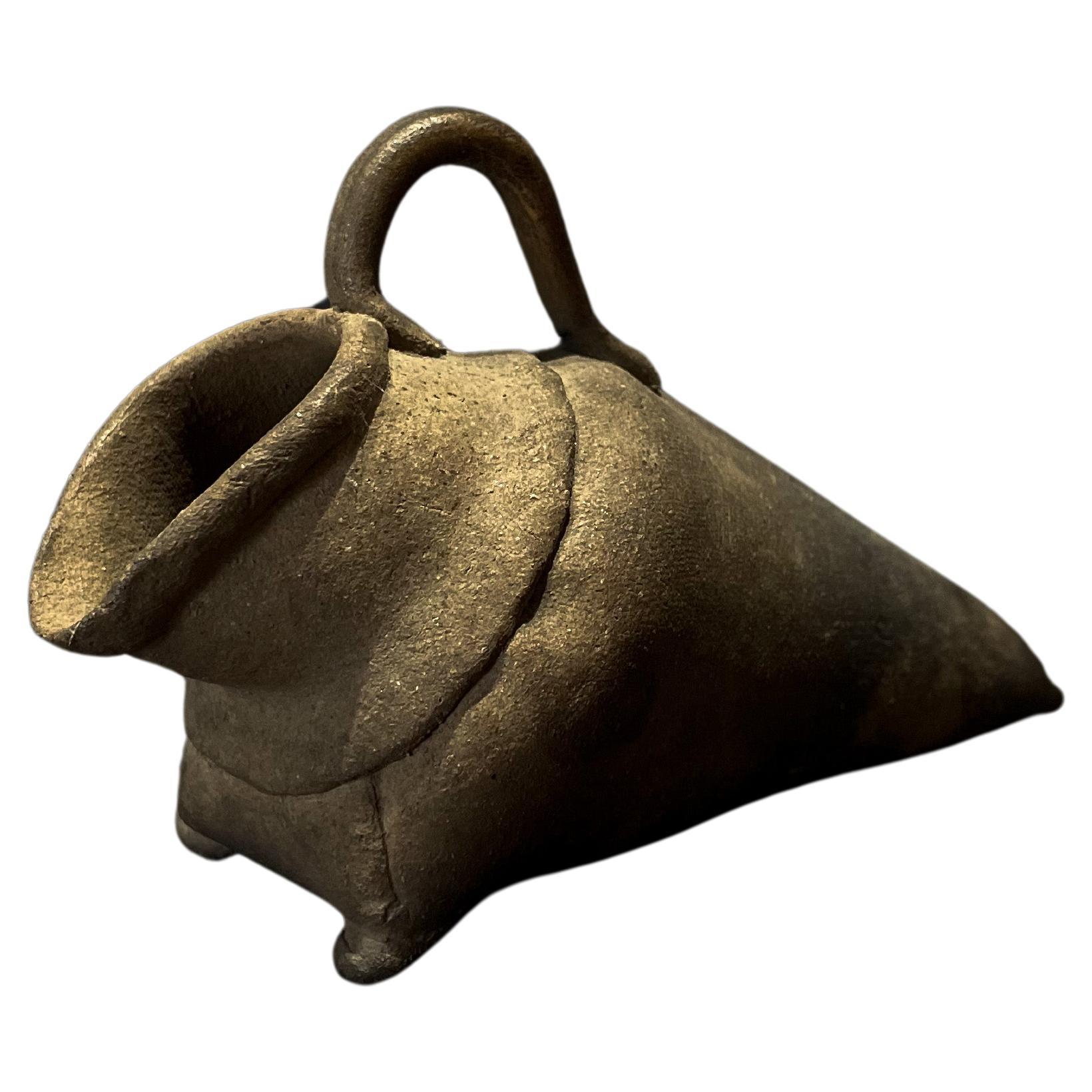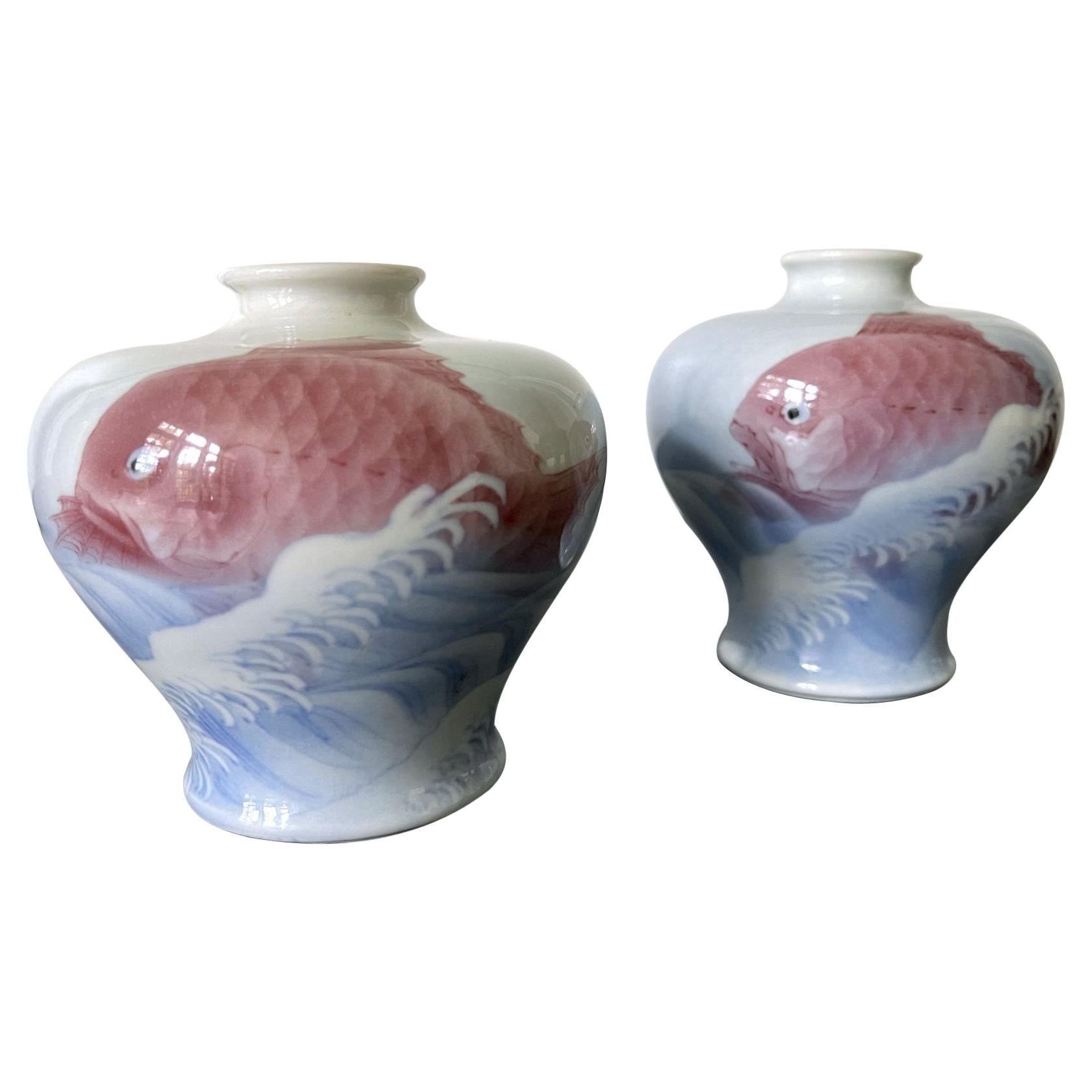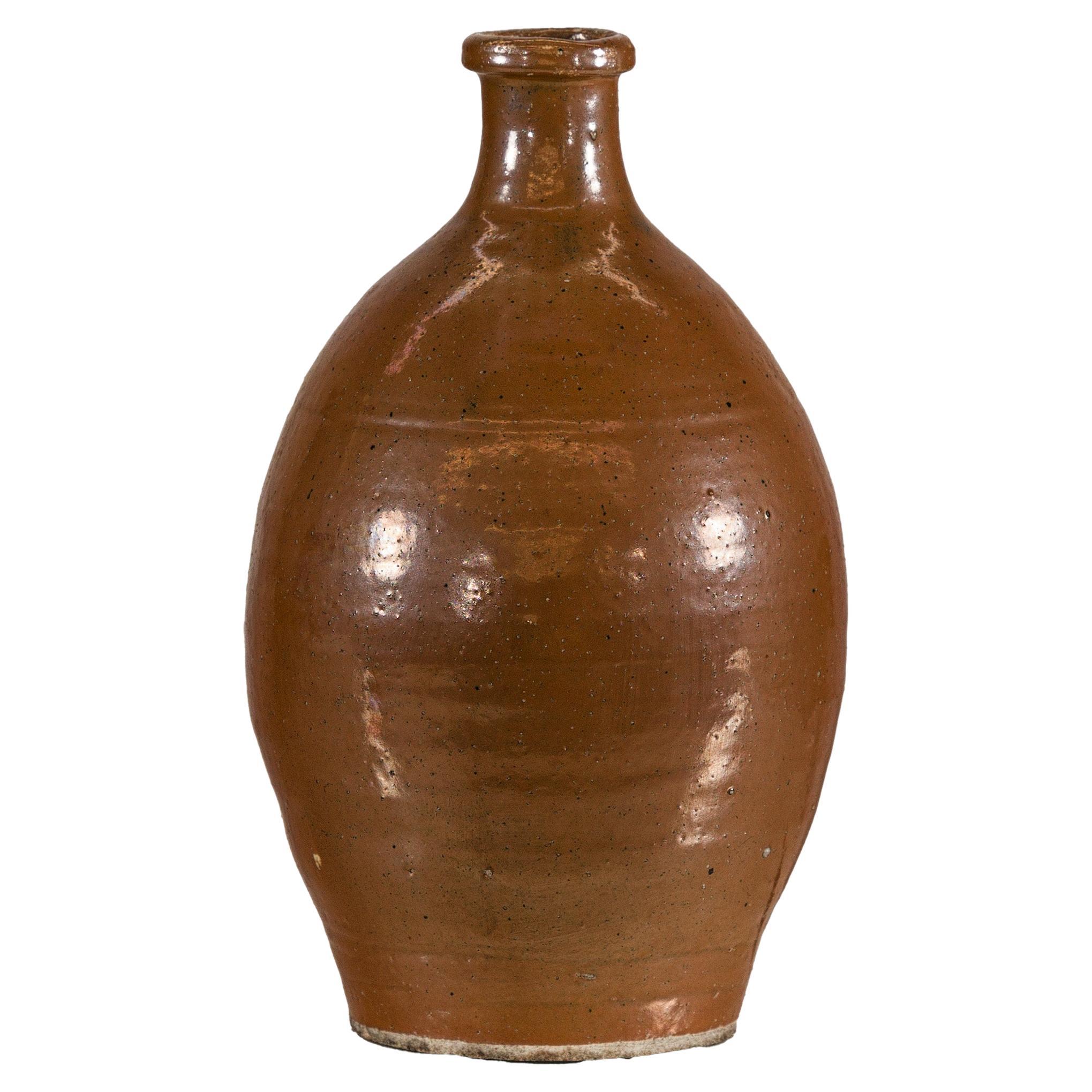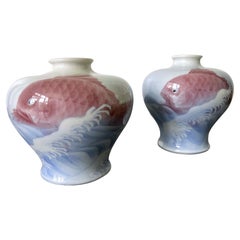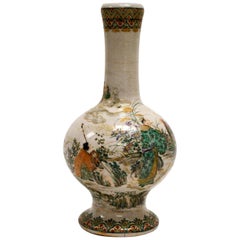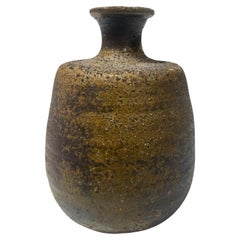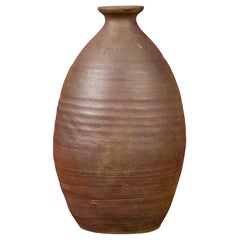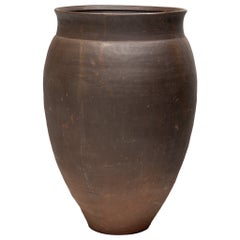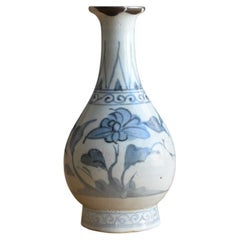
Group of Nine Vintage Japanese Sake Bottle
View Similar Items
Want more images or videos?
Request additional images or videos from the seller
1 of 17
Group of Nine Vintage Japanese Sake Bottle
About the Item
- Dimensions:Height: 11.5 in (29.21 cm)Diameter: 5 in (12.7 cm)
- Sold As:Set of 9
- Style:Japonisme (Of the Period)
- Materials and Techniques:
- Place of Origin:
- Period:
- Date of Manufacture:1900s-1930s
- Condition:Wear consistent with age and use. Surface wear, kiln glaze crackles and imperfection as made.
- Seller Location:Atlanta, GA
- Reference Number:1stDibs: LU945020820392
About the Seller
4.9
Platinum Seller
Premium sellers with a 4.7+ rating and 24-hour response times
Established in 2006
1stDibs seller since 2010
542 sales on 1stDibs
Authenticity Guarantee
In the unlikely event there’s an issue with an item’s authenticity, contact us within 1 year for a full refund. DetailsMoney-Back Guarantee
If your item is not as described, is damaged in transit, or does not arrive, contact us within 7 days for a full refund. Details24-Hour Cancellation
You have a 24-hour grace period in which to reconsider your purchase, with no questions asked.Vetted Professional Sellers
Our world-class sellers must adhere to strict standards for service and quality, maintaining the integrity of our listings.Price-Match Guarantee
If you find that a seller listed the same item for a lower price elsewhere, we’ll match it.Trusted Global Delivery
Our best-in-class carrier network provides specialized shipping options worldwide, including custom delivery.More From This Seller
View AllCollection of Four Japanese Tamba Tokkuri Sake Bottles
Located in Atlanta, GA
A set of four Japanese Ceramic Tokkuri Sake storage bottles circa early 20th century (Meiji to Taisho period). The bottles were made in Tamba (Tanba) kil...
Category
Early 20th Century Japanese Japonisme Ceramics
Materials
Ceramic
Japanese Ceramic Sake Bottle Chosen Karatsu Ware
Located in Atlanta, GA
The long neck bottle of classic form was heavily potted with coarse clay with high iron content. The flask, circa 18th century Edo period, was purposed for sake storage but also substituted as a flower vase during tea ceremony. The surface is covered in glossy black glaze and contrasts strikingly with white ash glaze around the shoulder. The white, fired with straw, displays a splashing feather effect and fine crackles, blending in with the black artistically. This type of Karatsu ware...
Category
Antique 18th Century Japanese Japonisme Ceramics
Materials
Ceramic
One of The Two Japanese Ceramic Vases Makuzu Kozan Meiji Period
By Makuzu Kozan
Located in Atlanta, GA
Two small nearly identical ceramic vases by Japanese Meiji imperial potter Makuzu Kozan (1842-1916), circa 1890-1900s. The vases were made in the form of jarlet with swelled shoulder...
Category
Antique Late 19th Century Japanese Japonisme Ceramics
Materials
Ceramic
Early Japanese Satsuma Antique Vase
By Satsuma
Located in Atlanta, GA
An Satsuma ceramic stone ware vase, circa 19th century, around the end of the Edo and the beginning of Meiji period. In the form of a Classic garlic bottle whose prototype was from China, the white bodied piece is decorated with an early form of kin nishikide, the so called golden brocade, a palette of iron-red, blue, green, yellow, purple and black with golden highlight. The over glazed enamel paint shows a group of robed figures in a garden setting with a lion and three tigers. A transparent overall glaze shows very fine crackles. The design is relatively sparse with plenty of negative space in contrast to the Satsuma production from the late 19th century, when the trend became fussy and overly glitz, due to the influence by the perceived western taste for the export market. This piece may still be made for export but its pattern was more influenced by both Kyoto Pottery and the Kano school of painting compared to the export ware by the end of the 19th century onward to the early 20th century. It was believed by many that this was a result of Satsuma potters visiting Kyoto in the late seventeenth century to learn over glaze painting techniques.
There are some age glaze crackles especially around the foot. The piece is not signed in keeping with the earlier production before Satsuma ceramics...
Category
Antique Mid-19th Century Japanese Japonisme Ceramics
Materials
Ceramic
$2,850 Sale Price
25% Off
Japanese Mishima Ceramic Vase Meiji Period
Located in Atlanta, GA
A Japanese long neck slender ceramic vase in the style of Mishima, circa 19th century, Meiji period. Mishima pottery was originally imported from three islands in Taiwan and then fro...
Category
Antique 19th Century Japanese Japonisme Ceramics
Materials
Ceramic
Large Japanese Antique Shigaraki Tsubo Jar
Located in Atlanta, GA
An antique Japanese stoneware storage jar, known as tsubo from Shigaraki kiln, circa 17th-18th century (early Edo possibly Momoyama period)....
Category
Antique 17th Century Japanese Japonisme Ceramics
Materials
Ceramic
You May Also Like
Kaneshige Toyo National Treasure Signed Japanese Bizen Pottery Sake Bottle Vase
Located in Studio City, CA
A beautiful, perfectly shaped and balanced antique Bizen ware shibui sake bottle (tokkuri) vase by renowned Japanese master potter/artist Kaneshige Toyo (1896-1967) featuring a unique natural, wonderfully textured organic forming ash glaze. Kaneshige is universally considered to be the founder of modern Bizen pottery.
In 1956, Kaneshige was certified as a Living National Treasure (Important Intangible Cultural Heritage) for his work in Bizen Ware pottery/ceramics. Bizen Ware is a type of Japanese pottery traditionally from the Bizen province, presently a part of the Okayama prefecture. It is considered one of the Six Ancient Japanese Kilns (along with Echizen ware, Seto ware, Shigaraki ware, Tamba ware, and Tokoname ware).
The piece is signed/ sealed on the base with one of Kaneshige's traditional incised marks.
A rather striking and engaging work. One of the best Kaneshige works we have come across. Scarce and hard to find in such an excellent condition. Would be a fantastic addition to any Japanese/Asian pottery or Bizen Ware collection or eye-catching stand-alone work in about any setting.
Kaneshige's work can be found in numerous prominent collections and museums including:
Aichi Prefectural Ceramic Museum, Seto, Japan
Brooklyn Museum, NY
Hagi Uragami Museum, Yamaguchi, Japan
Honolulu Art Museum, HI
Ibaraki Ceramic Art Museum, Kasama, Japan
Indiana Art...
Category
Mid-20th Century Japanese Showa Ceramics
Materials
Stoneware
Japanese Meiji Period Early 20th Century Sake Bottle with Brown Patina
Located in Yonkers, NY
An antique Japanese Meiji period monochrome sake bottle from the early 20th century with concentric lines. Created in Japan during the Meiji period, this antique sake bottle captivat...
Category
Early 20th Century Japanese Meiji Bottles
Materials
Ceramic
Monumental Japanese Sake Vessel, c. 1850
Located in Chicago, IL
This elegant, large-scale vessel is a Japanese widemouth stoneware jar (kame) traditionally used for storing water and other liquids. This 19th-century example continues traditional ...
Category
Antique Mid-19th Century Japanese Meiji Ceramics
Materials
Porcelain, Stoneware
1610-1640/Japanese White Porcelain Blue and White Vase/"Imari Ware"/Sake Bottle
Located in Sammu-shi, Chiba
I bought a very nice vase with white porcelain and blue dye.
This is a sake bottle called Imari ware in Japan.
Imari ware is a kiln with a long history that began in the 17th cen...
Category
Antique Early 17th Century Japanese Edo Bottles
Materials
Porcelain
Pair of Amsterdam Decorated Japanese Arita Bottles, circa 1700
Located in Amsterdam, NL
Two fine Japanese Arita Amsterdam decorated or 'clobbered' bottles
Edo period late 17th-early 18th century
The smaller one is decorated with a lambrequin and under it, one perched, one flying pheasant and a fly among prunus, peony and bamboo, the larger one with on the belly also one flying, one perched pheasant and a fly and in addition a butterfly amongst tree peony and chrysanthemums under a frieze on the shoulder of cartouches with floral decoration.
?
H. 21 cm, content: 1.4 liter
H. 27.5 cm, content: 2.2 liter
Note:
These bottles arrived undecorated in the Netherlands where they were decorated in the Chinoiserie and Kakiemon style with red, green, blue, black, yellow and aubergine enamels and sometimes with gold.
“Dutch” decorated white Arita bottles are often called “Amsterdam’s bont...
Category
Antique Late 17th Century Dutch Ceramics
Materials
Porcelain
Japanese Antiques Kumano Kuroemon Kumashino Shino Sake Bottle and Iga sake cup
Located in Niiza, JP
Kumano Kuroemon Kumashino Sake Bottle with box and sake cup
φ135× 200(H) [mm] Box size: φ170×260mm 1.8kg
You wouldn't guess it from the clear blue color seen on the side, but it is...
Category
20th Century Japanese Ceramics
Materials
Pottery
Recently Viewed
View AllMore Ways To Browse
Japanese Ceramics Mingei
Antique Stoneware Bottles
Antique Japanese Sake Bottles
Antique Sake Bottle
Hand Painted Pagoda
China Coin
Chinese Coins
Ming Dynasty 17th Century
Shipwreck Antique
Dragon Pearl
17th Century Chinese Qing Porcelain
Chinese Glazed Figure
Cherry Porcelain
Antique Chinese China Fruit
Large Japanese Vase Blue Contemporary
Ming Ceramic
Porcelain Phoenix
Qing Dynasty Plate
